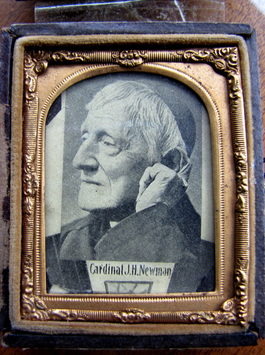 Granny Nell Andrew's keepsake of Cardinal NEWMAN whom she believed was related
Granny Nell Andrew's keepsake of Cardinal NEWMAN whom she believed was related My maternal grandmother Nell ANDREW was convinced that she was related to historically renowned Cardinal NEWMAN. She was a strong believer in the Anglican faith, and treasured a small portrait of him, kept in a pocket-sized hard-covered folding frame that my uncle passed on to me after my grandmother died. There was a hand-written note from my uncle taped to the outside of the frame, which said: "(From Mother Andrew / Apr. 85). Cardinal Newman is a distant relation in Compton History. Left Protestant religion for Roman Catholic. On journey with R.C. Mon C. wrote "Lead Kindly Light" which is why the hymn is in both R.C. & C of E Hymn books."
Cardinal John Henry NEWMAN’s religious career and his many impressive achievements are well documented online. He was born in 1801 in London and first became a vicar with the Anglican Church in 1825 before converting to Catholicism in about 1845. He was also a teacher at Oxford and a poet with many published works to his credit. He wrote a poem in 1833, initially titled “The Pillar of the Cloud”, while on his way home from a trip to the Mediterranean where he became ill and nearly died. In 1845, the poem was turned into the hymn “Lead, kindly Light”. John eventually became a Cardinal Deacon in the RC church in 1879 by Pope Leo XIII. So my grandmother knew her church history. But what about the corresponding family history?
Cardinal NEWMAN did not have children of his own, and although he had two brothers, they were too late a generation to provide our “missing link”. The Dictionary of National Biography for Cardinal NEWMAN (Vol. 14, pgs 340-351) provides very little information on his ancestry, except that “His father, John Newman, who is said to have been of a family of small landed proprietors in Cambridgeshire, was of Dutch extraction, the name being originally spelt Newmann.”
Many have researched and published Cardinal NEWMAN’s family tree online, although the earliest generations are varied and unsourced. Many of these trees go back six or more generations:
- His father John NEWMAN (1767-1824) had one brother Thomas NEWMAN (1774-1778), dying too young to produce heirs.
- John (1734-1799) had 4 brothers, all born in Swaffham Bulbeck Cambridgshire: Francis, William 1740, Rolph 1743, and Ralph 1744 (descendants not known).
- Francis NEWMAN (1698-1728) had three brothers, all born in Bottisham Cambridgeshire: William 1693, John 1701 and Martin 1704 (no descendants listed).
- William NEWMAN (1664) had four brothers, all born in Swaffham Bullbeck Cambridgeshire: Thomas 1661, William 1663-1663, Martin 1668 and Francis 1672 (whose descendants have been traced to Essex)
- William NEWMAN (1639 Potton Bedfordshire - ) had two brothers: Thomas 1637, John 1639
- Thomas NEWMAN (1609 Colmworth Bedfordshire) - no siblings listed
- Thomas NEWMAN (c1568 Colmsworth Bedfordshire)
- William NEWMAN (1664-1741)
- William NEWMAN (1618- )
- Frances NEWMAN (born Stetchworth Cambridgeshire)
With or without prestigious connections to Cardinal NEWMAN, Charlotte is still my direct ancestor. Her surname comes of course from her father Arthur NEWMAN (1727-1785). As these two families share a common surname, any connection to the Cardinal would need to be through one of his male NEWMAN relatives in previous generations. As far as males relatives on Charlotte's line goes, her father Arthur had an older brother John who married twice, but his first wife and daughters died young. I don't know if he had any sons.
Charlotte's grandparents were John NEWMAN (1698-1766) and Anne Hooke (1694-1734) who were married in Ringwood in 1724. After Anne's early death, John Sr. remarried an Elizabeth who quickly died as well. This rather tragic state of affairs has been detailed on a large NEWMAN family memorial plaque at the St Peter and St Paul Church in Ringwood. The smaller oval plaque commemorating Arthur NEWMAN's family paints a similar fate. I believe that all three of Charlotte's brothers died without issue. I have not been able to trace this Newman line back any further.
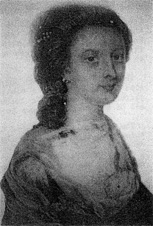 Charlotte Lisle NEWMAN
Charlotte Lisle NEWMAN(1760-c1789)
Charlotte’s marriage to Harry COMPTON in 1779 took place in Amport, Hampshire, a small town west of Andover and a considerable distance north by north-east of Ringwood. I have no idea how she came to meet her future husband who was born in Amport. But marry they did. Their first of three children was a son Arthur Newman COMPTON, born in Amport in 1782. He later joined the navy, became assistant to the ship’s surgeon, and drowned while in the West Indies in 1805 at the age of 23. Their second child was a daughter named Charlotte Alicia Lisle COMPTON after her mother. She lived a long life but never married. Their third child was my ancestor Thomas Compton COMPTON, born about 1789, close to the date of his mother’s death. Others have suggested that Charlotte didn’t have a strong constitution, based on her appearance in her formal portrait. We can only speculate that she succumbed to illness or complications due to childbirth, causing her early death at the age of about 28. We cannot find her death or burial records in Hampshire and know much too little about her short life.
But you never know. Cardinal NEWMAN’s sister was named Jemima Charlotte NEWMAN, after all! My Charlotte might have been impressed had she lived that long and known the family.
Select Newman Surname Genealogy
Newman Name Society registers
Ringwood Hampshire History - wikipedia
John NEWMAN memorial - findagrave
Arthur NEWMAN memorial - findagrave
John Henry Newman - wikipedia, with extensive source lists
Newman Reader - Works of John Henry Newman, biography
Cardinals of the Holy Roman Church, Biographical Dictionary
John Henry Newman family tree - genealogy.com See also trees on ancestry.com
John Henry Newman, author of hymns and biography - hymnary.org
Story behind the hymn 'Lead, Kindly Light' by Anglican Vicar John Henry Newman (1801-1890)
Lead kindly Light hymn performed at Arundel Cathedral - YouTube
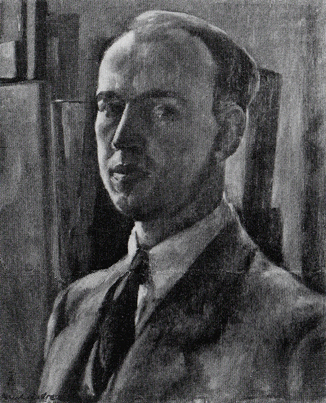
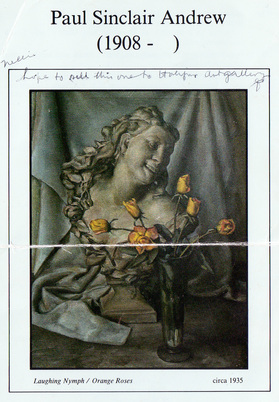
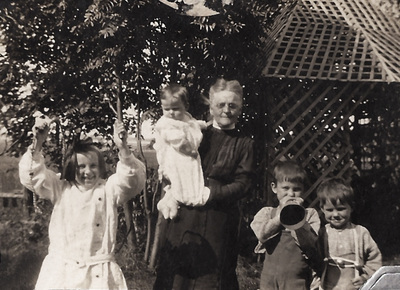
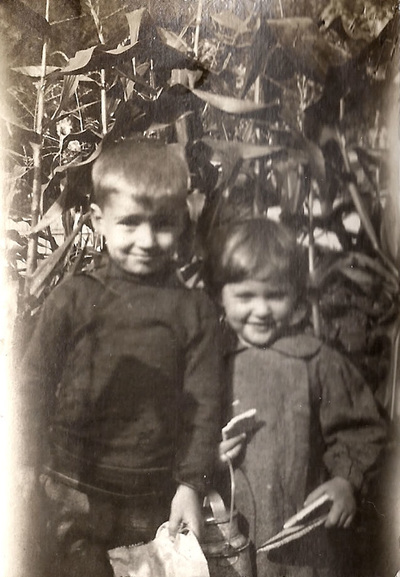
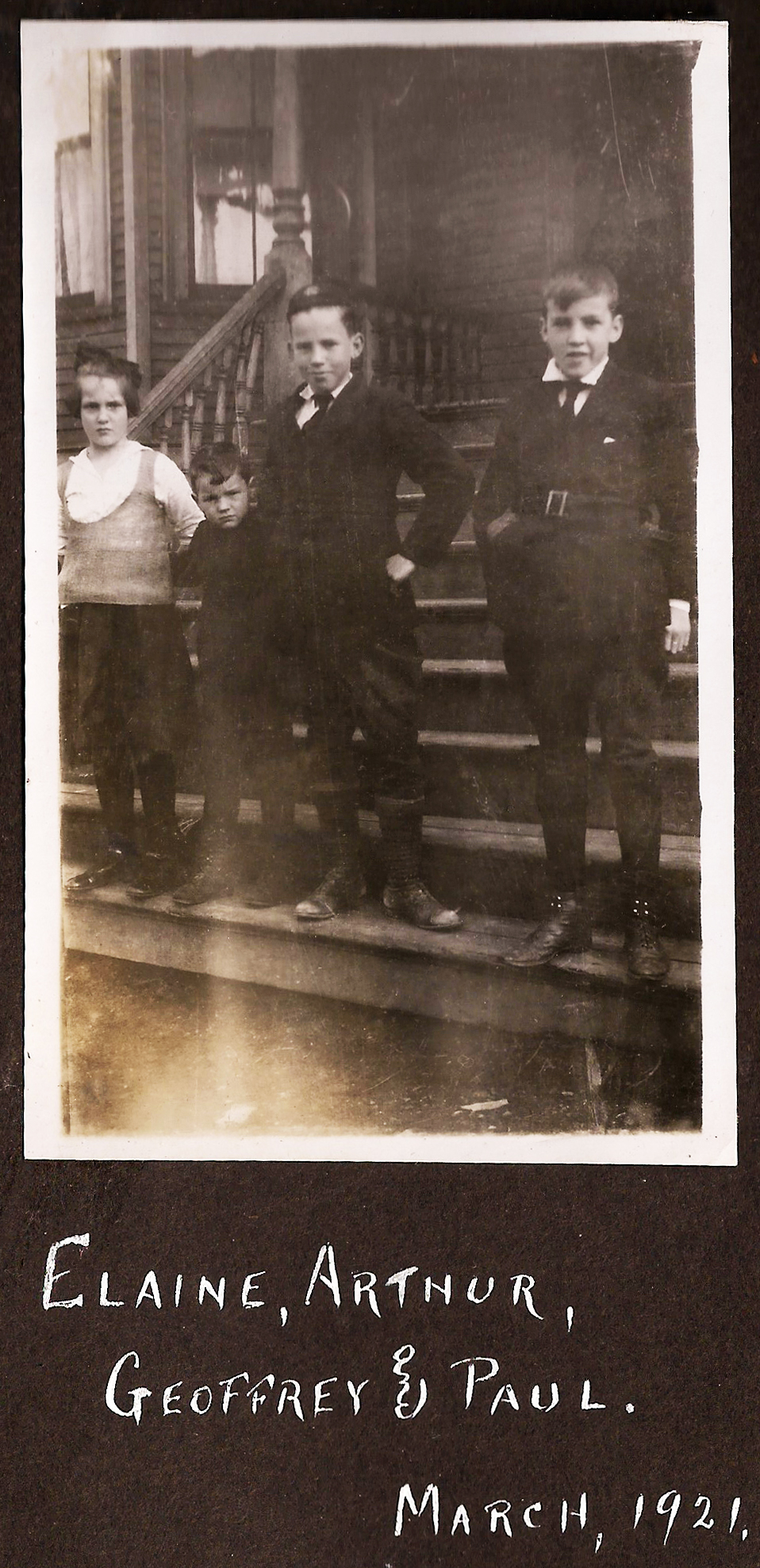
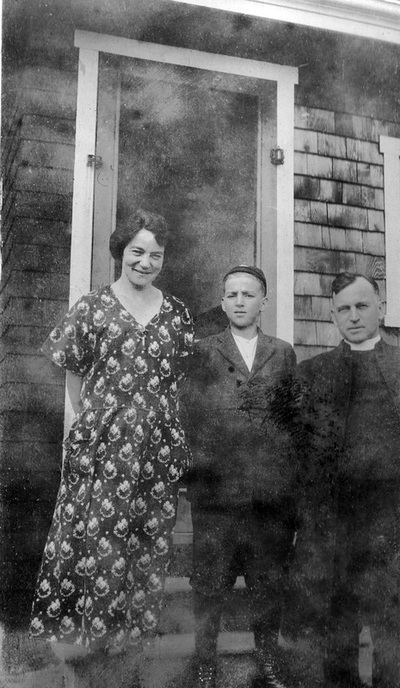
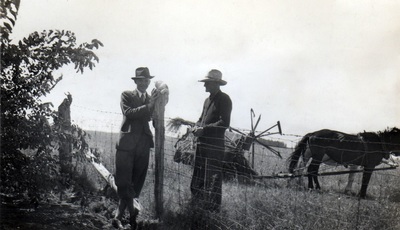
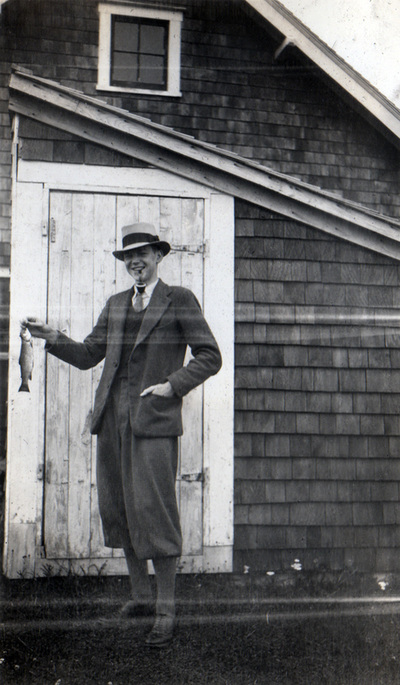
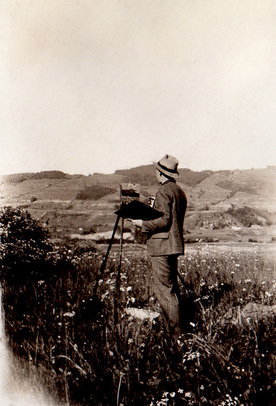
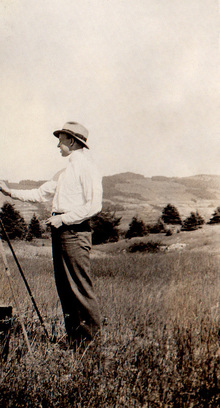


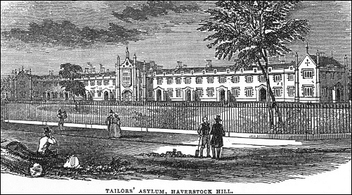
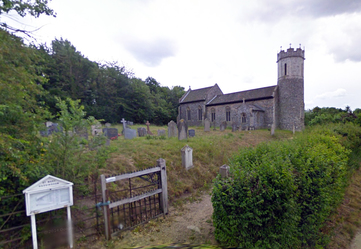
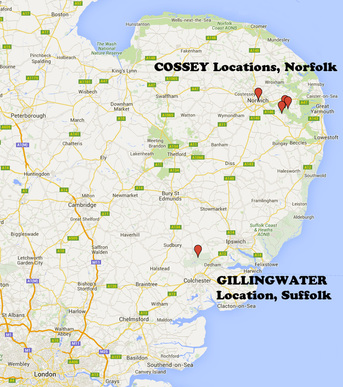
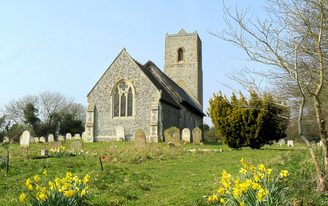
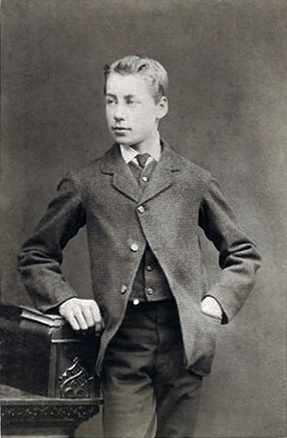
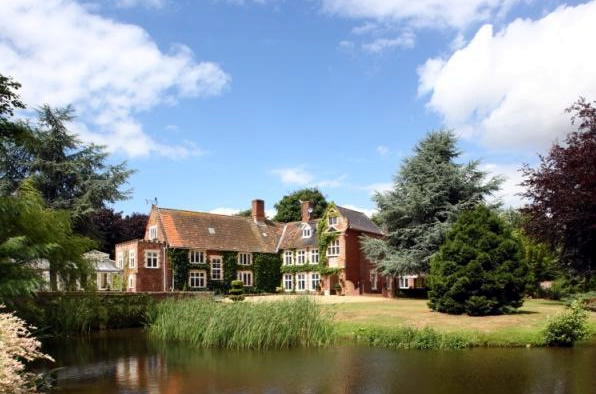
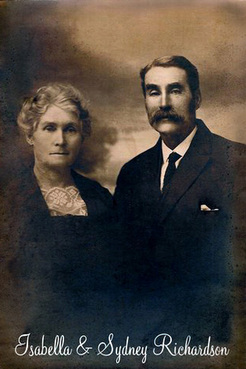
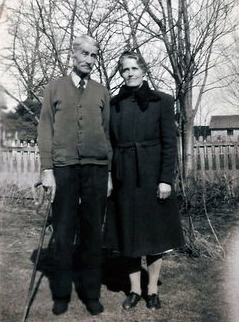
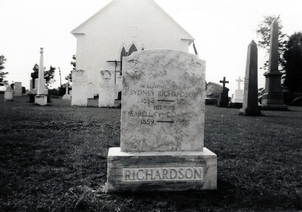
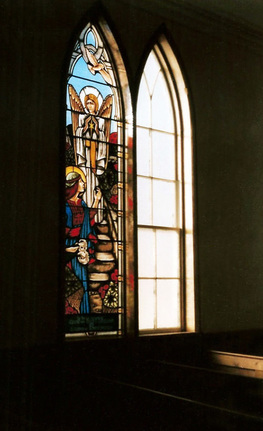
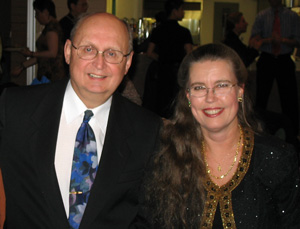
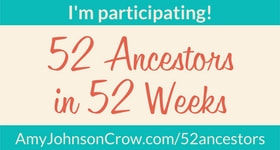
 RSS Feed
RSS Feed
